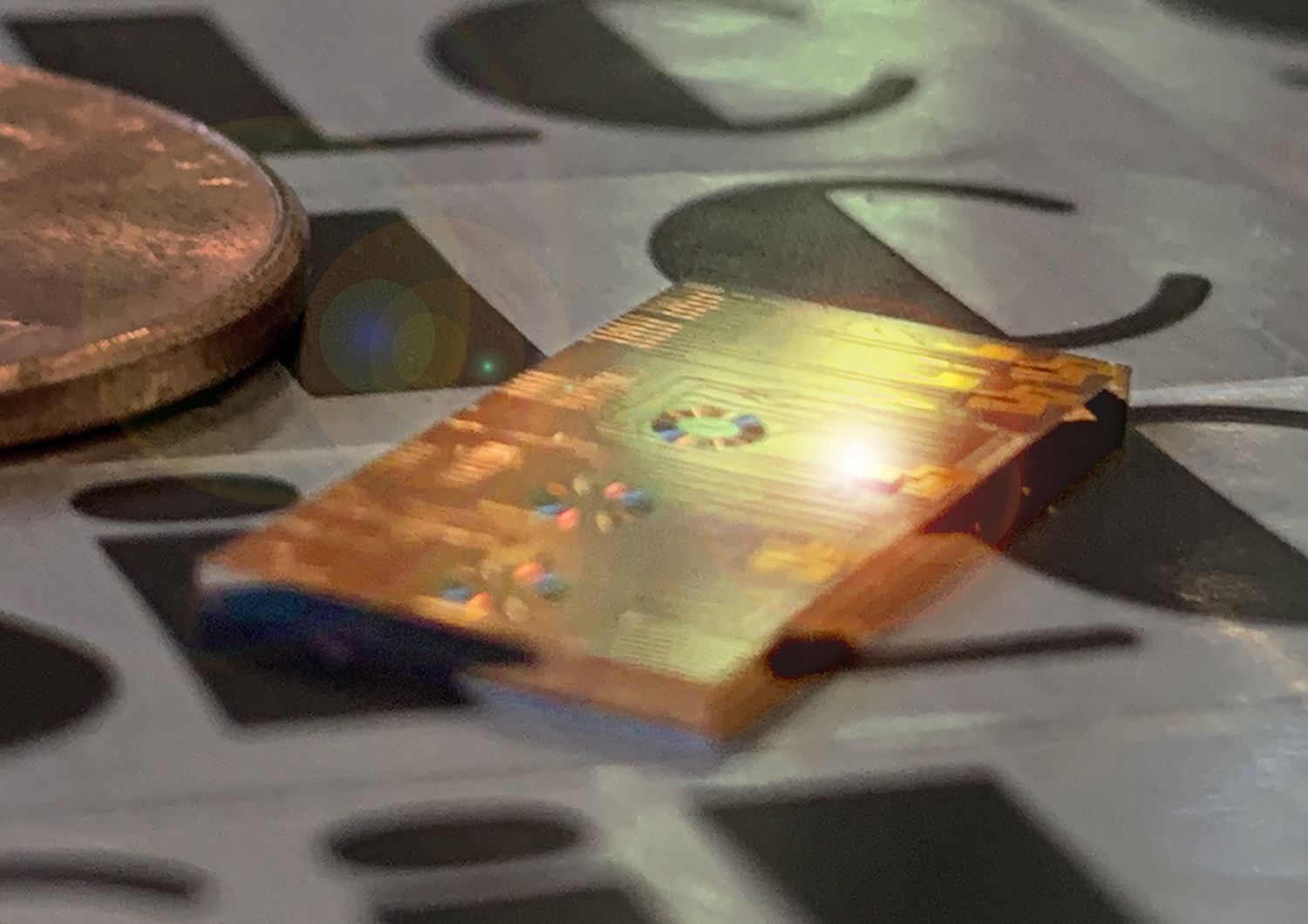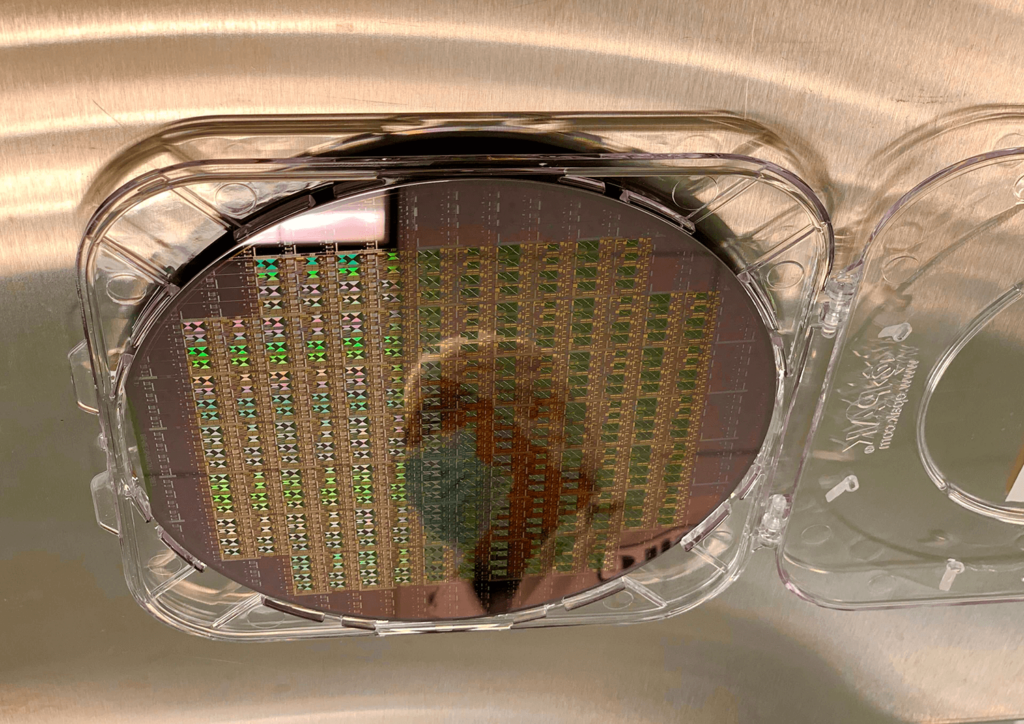Current 3D vision technology relies on high power lasers at the 905-nanometer wavelength and highly sensitive detectors, using a Time of Flight (TOF) architecture. These early technologies have performed adequately to enable early deployments in autonomous vehicle trials. However, costly assembly processes have limited their resolution and cost-effective scaling, eye safety concerns have restricted their range and multiuser crosstalk will most likely hamper their widespread usage. It is broadly accepted that a transition to Frequency Modulated Continuous Wave (FMCW) technology at 1550 nanometer wavelength is needed to address eye safety regulatory concerns and enable volume deployment with minimal multi-user interference. Extensive usage of this approach has been prevented in the past due to the cost and number of components needed. SiLC’s silicon photonics integration platform offers a cost-effective solution by integrating all the high-performance components needed into a single silicon chip through mature semiconductor fabrication processes offering a low cost, compact, and low power solution. Silicon manufacturing offers affordable high-volume scaling of complex devices and technologies. SiLC is advancing the future of Machine Vision, to enable machines to see like humans, with its FMCW-based LiDAR vision solution – Eyeonic.

3D vision solutions, through LiDAR technology, are transforming our world - but their applications are limited due to cost and size, and mainly focused on automotive. SiLC is changing the status quo and addressing the growing demand for Machine Vision solutions with its FMCW LiDAR vision solution. SiLC’s economic breakthrough relies on the full integration of all the photonics functions, including lasers and detectors, into a single chip. Utilizing frequency modulated continuous wave (FMCW) at the 1550nm wavelength, SiLC’s optical engine represents the future of LiDAR in which safety, performance and range dramatically increase, while full integration enables a low-cost, compact footprint.

Working in tandem with well-established partners, SiLC utilizes a fully qualified fabrication process and proven, highly automated photonics assembly and manufacturing techniques. With over 20 years of manufacturing experience, we work closely with our ecosystem of partners to offer customers full flexibility over design and operational parameters to enable the right application focused performance trade-offs.

